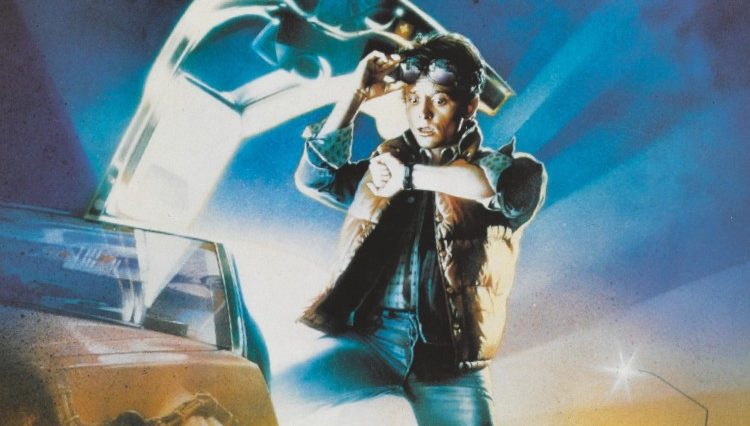Ghostbusters, 1984 (Bill Murray/Dan Aykroyd/Harold Ramis) Columbia Pictures
“I make it a rule never to get involved with possessed people.”
Years of research led me to some interesting conclusions about Ghostbusters, the film and the history. It’s very much like a game of connect-the-dots. It goes as far back as National Lampoon’s Radio Show, which was produced by Ivan Reitman and featured, among many talented performers, Bill Murray, Harold Ramis, and John Belushi. Dan Aykroyd would ferry back and forth between Second City Toronto and Second City Chicago. He hooked up with Belushi on Saturday Night Live and created the Blues Brothers characters with him.
Journeyman director John Landis directed National Lampoon’s Animal House, which was also produced by Ivan Reitman (with Matty Simmons) from a script by Harold Ramis, Chris Miller, and Doug Kenney. Landis would go on to direct The Blues Brothers in 1980. Some very powerful alliances were forged in this first film project and Ramis, Murray, and Reitman would collaborate on Meatballs in 1979 and Stripes in 1981. Aykroyd was writing his first draft script of Ghostbusters (which he intended to make with Belushi), when he got the call from his agent Bernie Brillstein that Belushi had died of a drug overdose.
It was March of 1982 and Martha’s Vineyard was a cold, uninviting place. The funeral footage is a veritable Who’s Who of 1980s comedy. Landis and his wife, Deborah Nadoolman are there, as is Bill Murray, his brother Brian Doyle Murray, Lorne Michaels, James Taylor, Carrie Fisher (filming of Return of the Jedi was shut down for a week to accommodate her absence), and Paul Simon, Harold Ramis and his wife, Jim Belushi, and Aykroyd leading the procession on the back of a Harley. This isn’t something you should see if you can’t separate the talent from the flesh and blood.
In their few private moments, these brilliant comedians are human, raw, and stripped of their natural ability to entertain. It’s even more heartbreaking to consider how loved Belushi was—as a man and as an entertainer. Aykroyd always wanted to make movies with him, and Ghostbusters was going to be the next big thing. His first draft was enormous and very different from the finished film. It was to take place in a future where ghosts and spiritual turbulence are everywhere.
It was Reitman and Ramis’ suggestion that the movie should take place in contemporary times in New York City, as well as be an origin story about disgraced Columbia University professors who start their own professional paranormal investigation business and, very quickly, become the toast of the town. This was a project that could’ve gone wrong a hundred different ways. Big budget comedies often flopped, because of the subjective nature of humor. 1941 and The Blues Brothers, while profitable, were not huge successes, so Ghostbusters was a huge gamble.
While Ramis was able to edit Aykroyd’s enormous script down to a coherent length, Reitman allowed for a good deal of improvisation on the set. Ghostbusters is constantly moving, and the one-liners are the stuff of legends. In recent years, I’ve thought about the central storyline; that of a cult of demon worshippers and the evil architect Ivo Shandor. This is a story that would be phenomenal even as a straight horror movie, and because Aykroyd and Ramis take the science seriously, they can safely give the movie to Murray for all the sarcastic humor he can mine from his surroundings.
That’s why the sequels and reboots fail: because they can’t duplicate the happy accidents that this movie created. Aykroyd, Murray, and Ramis (and the rest of the cast) are on top of their game, running it while Reitman can only play referee with his camera. Ghostbusters is one of the greatest comedies of all time, and a fitting tribute to John Belushi. The effect on the pop culture was staggering. I had a t-shirt with the Ghostbusters logo on it and some text on the back that read: “Back off man. I’m a scientist!” I could almost hear Belushi saying that line, and in the same tone he used when he shouted, “Nothing is over until WE DECIDE IT IS!” It’s true.






